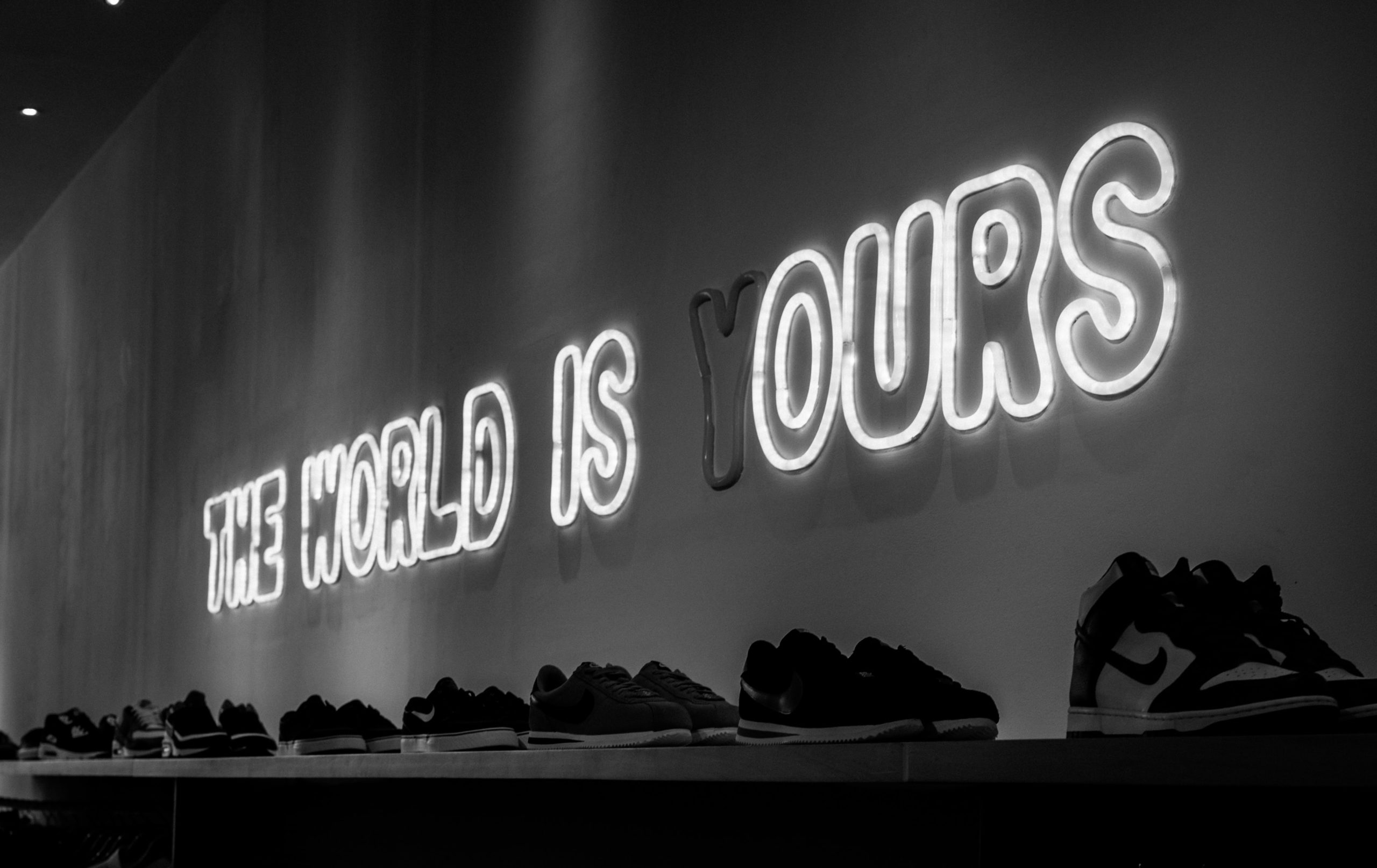Excerpt from Tatsulok project proposal
They are not white. Yet, before they could proudly claim it, the Philippine society pushed them to internalize that not being like an American puts them in a position of inferiority. Local television shows celebrate light skinned tall Filipinos or half-Filipinos who eloquently speak English. Advertisements of whitening products are encouraged for purchase promising viewers to look like them. White foreign tourists are treated more generously than darker skinned visitors. Families abroad are assumed more well-off than those left in the country. Moreover, English is a key to elevation. An English-speaking household gives the impression of a well-educated, Westernized, wealthy household. Wealthy families are mostly educated in American-based schools; middle class kids go to private schools. The rest of the Filipino people, as they work through the torturous heat of the sun tanning more profusely in hunger and pain, stay in silence afraid to exercise their own rights.
I wondered why.
Dr. Jose Rizal, Philippines ’ national hero, wrote two novels reflecting the Philippine society under the Spanish rule through the lives of his characters. He vocalized the growing problems of early Philippine society that people were too afraid to face: oppression, inferiority, patronage of the other. He died for empowering the people, giving way for the revolution of 1896 when the people finally fought for their rights. Independence was won (for a short period of time), but the same problems written in those books are still relevant to 21st century Philippines, except without Spanish characters but, instead, a Filipino with American ideals. It is still so apparent that every generation needed to be reminded of the famous Filipino saying “tangkilikin ang sariling atin”, which directly translates to “patronize our own”.
The relationship between the United States and the Philippines goes back to the early years of the 20th century when they claimed the Islands from Spain. The society was made to believe that the Americans were the benevolent saviors of the Philippines when they gave the country policies that the Spaniards deprived them of (Schirmer, 38). For decades, Filipinos lived in an illusion that the Americans have our interests in mind (Tañada, 154) when they trained government officials for eventual self-government, free educational program, and tariff-free trade (Schirmer, 35). As a result of these democratic policies, nationalism and loyalty was misplaced creating a separation between the elites and the people.
My curiosity led me to challenge the effect of colonization through a medium I am most familiar with, fashion. I truly believe that fashion is a reflection of our society, and thus I believe in the power of dressing up to visualize our voices. As a designer, I want to design a collection that adds to the increasing Filipino voices who empower nationalistic pride, cultivating artisan hands to make high-quality products, and reviving textiles and techniques almost lost in time and against imported alternatives. I intend to design a collection that portrays a sense of separation from a crippling colonial mentality and unite a common Filipino pride.

No Comments